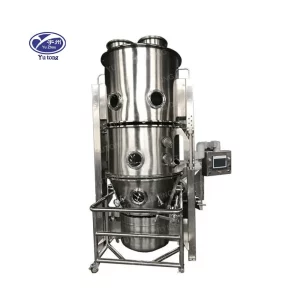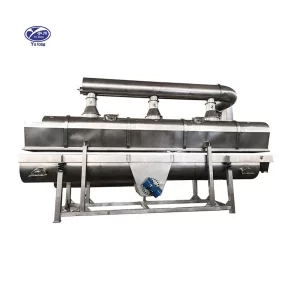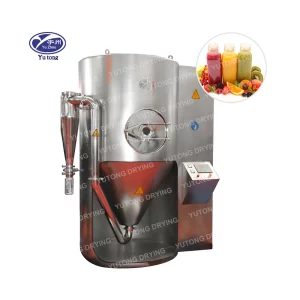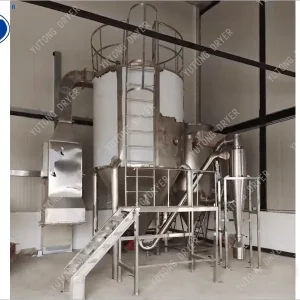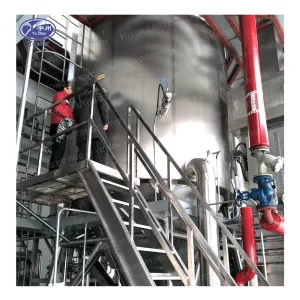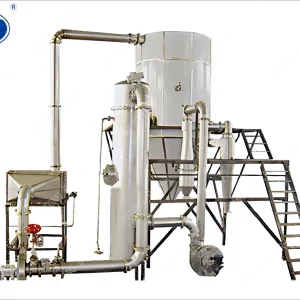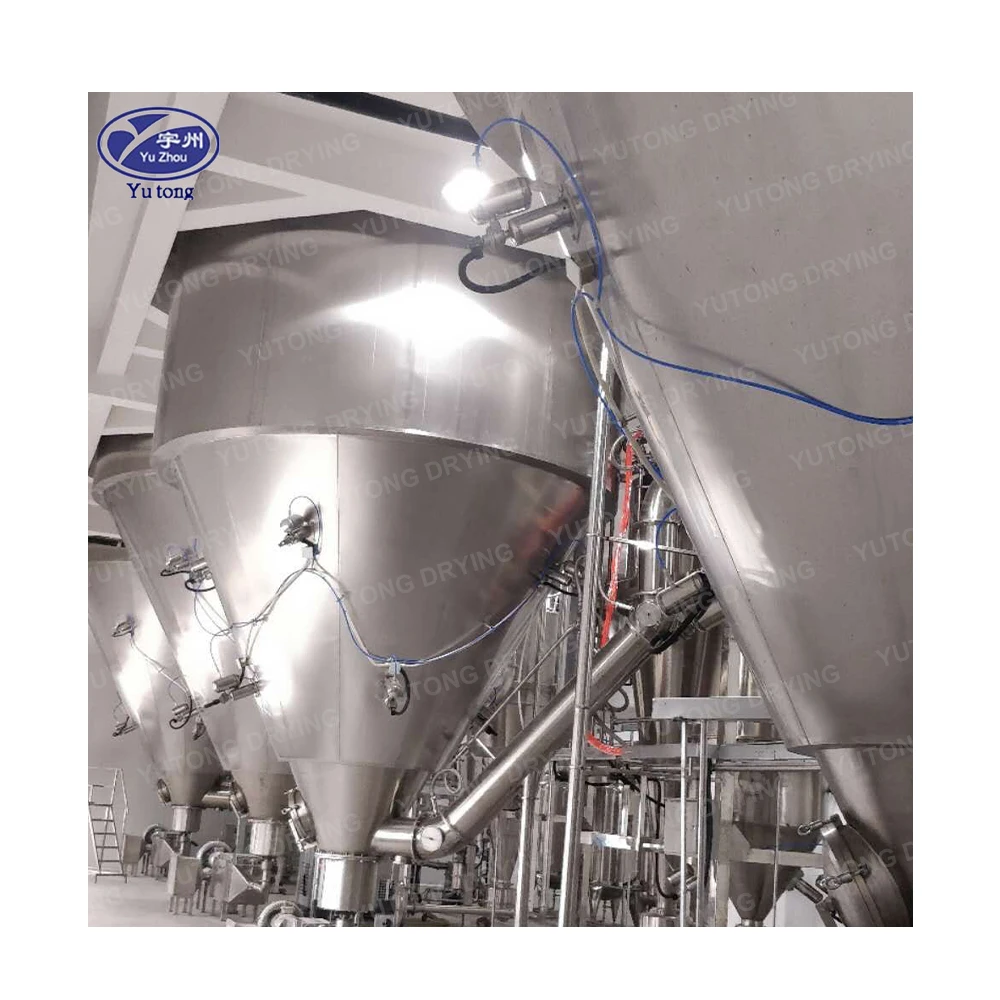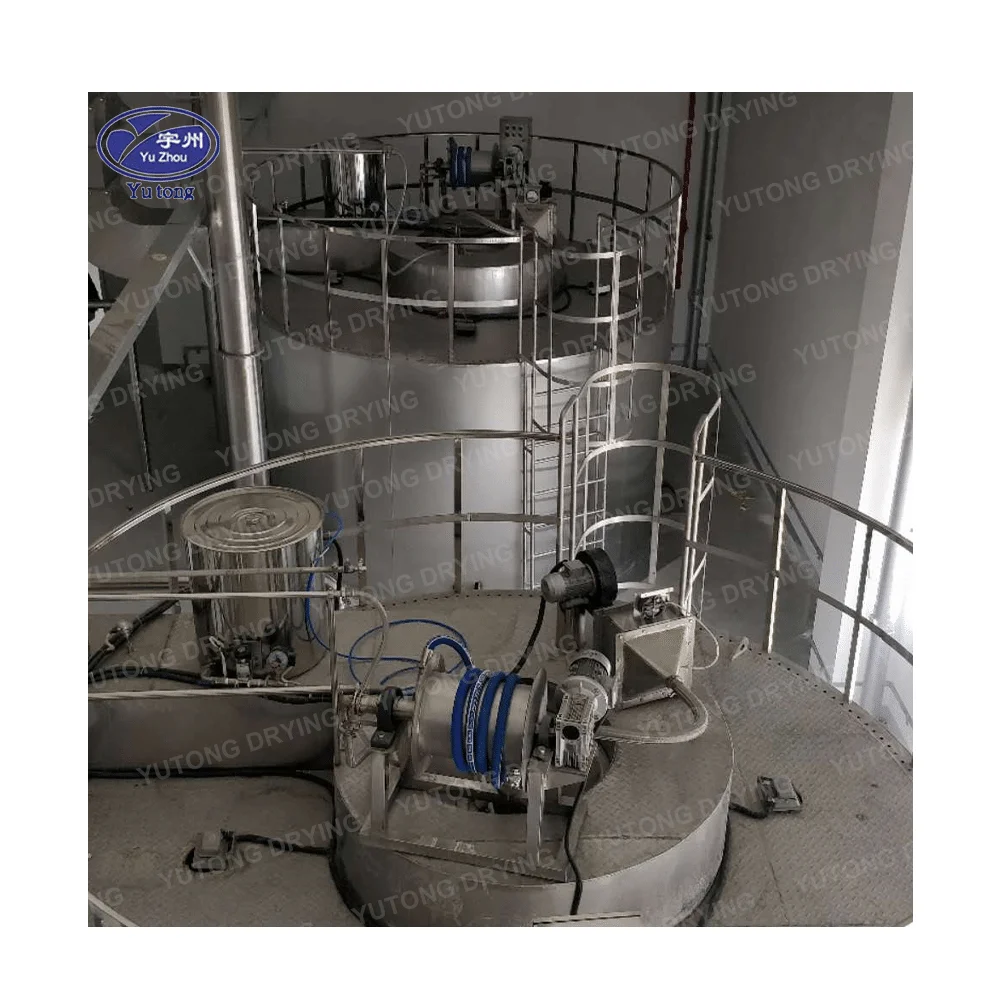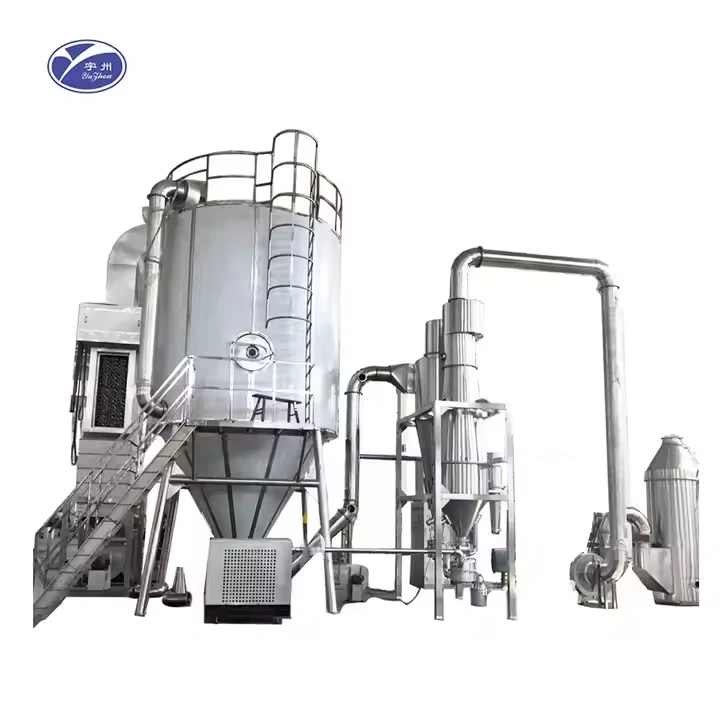In the world of industrial drying processes, fluidized bed drying systems have emerged as a highly efficient and versatile solution. Understanding what a fluidized bed drying system is and how it works can help industries optimize their drying operations and improve product quality. In this article, we will explore the characteristics, working principles, applications, and advantages of fluidized bed drying systems.
Fluidized bed drying is a technique that uses a stream of gas to suspend solid particles in a fluid-like state. This creates a highly agitated and efficient drying environment, allowing for rapid heat and mass transfer. The result is a drying process that is faster, more uniform, and more energy-efficient than traditional drying methods.
Characteristics of Fluidized Bed Drying Systems
1. High Heat Transfer Efficiency
The fluidized bed drying system offers excellent heat transfer efficiency due to the intense mixing and contact between the gas and solid particles. The high surface area of the suspended particles allows for rapid heat absorption and evaporation of moisture.
The gas flow can be adjusted to optimize the heat transfer rate, ensuring that the drying process is completed quickly and efficiently.
2. Uniform Drying
The fluidized bed provides a uniform drying environment, ensuring that all particles are exposed to the same drying conditions. This results in a more consistent product quality and reduces the risk of over-drying or under-drying.
The continuous movement and mixing of the particles also help to prevent agglomeration and ensure that the dried product has a uniform particle size distribution.
3. Versatility
Fluidized bed drying systems can handle a wide range of materials, including powders, granules, flakes, and pellets. The system can be designed to accommodate different particle sizes, densities, and moisture contents.
The drying process can be adjusted to meet the specific requirements of different materials, making fluidized bed drying systems suitable for a variety of industries.
4. Energy Efficiency
The fluidized bed drying system is energy-efficient compared to traditional drying methods. The high heat transfer efficiency and uniform drying reduce the energy consumption required for the drying process.
Additionally, the ability to recycle the drying gas and recover heat can further improve the energy efficiency of the system.
Working Principle of Fluidized Bed Drying Systems
The working principle of a fluidized bed drying system is based on the fluidization phenomenon. When a gas is passed through a bed of solid particles at a certain velocity, the particles are lifted and suspended in the gas stream, creating a fluid-like state.
1. Gas Inlet and Distribution
The drying gas, usually air or an inert gas, is introduced into the bottom of the fluidized bed through a distributor plate. The distributor plate is designed to evenly distribute the gas across the entire bed of particles.
The gas velocity is carefully controlled to ensure that the particles are fluidized but not blown out of the bed.
2. Particle Suspension and Mixing
As the gas passes through the bed of particles, it lifts and suspends them in the gas stream. The particles are continuously mixed and agitated, creating a highly turbulent and efficient drying environment.
The fluidized bed allows for rapid heat and mass transfer between the gas and the particles, ensuring that the moisture is quickly evaporated.
3. Heat Transfer and Drying
The drying gas is heated before it enters the fluidized bed. The heat is transferred to the particles through convection and conduction, causing the moisture to evaporate.
The evaporated moisture is carried away by the gas stream and is usually removed through a dust collector or condenser.
4. Product Discharge
Once the drying process is complete, the dried product is discharged from the fluidized bed through a suitable outlet. The product can be collected in a container or transferred to the next stage of the production process.
Applications of Fluidized Bed Drying Systems
1. Pharmaceutical Industry
Fluidized bed drying systems are widely used in the pharmaceutical industry for drying powders, granules, and tablets. The uniform drying and gentle handling of the product ensure that the active ingredients are not damaged and the product quality is maintained.
The ability to control the drying process parameters, such as temperature, gas flow rate, and residence time, makes fluidized bed drying systems suitable for drying sensitive pharmaceutical products.
2. Food Industry
In the food industry, fluidized bed drying systems are used for drying fruits, vegetables, grains, and other food products. The rapid drying and uniform heating help to preserve the nutritional value and flavor of the products.
Fluidized bed drying systems can also be used for drying food additives, spices, and other ingredients.
3. Chemical Industry
The chemical industry uses fluidized bed drying systems for drying chemicals, catalysts, and other granular materials. The high heat transfer efficiency and uniform drying make it possible to process large quantities of materials in a short time.
Fluidized bed drying systems can also be used for drying hazardous materials, as the enclosed system reduces the risk of dust explosions and emissions.
4. Mineral Processing Industry
In the mineral processing industry, fluidized bed drying systems are used for drying ores, minerals, and other solid materials. The ability to handle large particle sizes and high moisture contents makes fluidized bed drying systems suitable for processing raw materials.
The dried products can be further processed or used in various applications, such as smelting, cement production, and fertilizer manufacturing.
Advantages of Fluidized Bed Drying Systems
1. Rapid Drying
The fluidized bed drying system offers a rapid drying process due to the intense mixing and high heat transfer efficiency. This reduces the drying time and increases the production capacity.
The ability to adjust the gas flow rate and temperature allows for fine-tuning of the drying process to meet the specific requirements of different materials.
2. Uniform Product Quality
The uniform drying environment provided by the fluidized bed ensures that the product has a consistent quality. This reduces the risk of over-drying or under-drying and improves the overall product quality.
The continuous movement and mixing of the particles also help to prevent agglomeration and ensure that the dried product has a uniform particle size distribution.
3. Energy Efficiency
The fluidized bed drying system is energy-efficient compared to traditional drying methods. The high heat transfer efficiency and uniform drying reduce the energy consumption required for the drying process.
Additionally, the ability to recycle the drying gas and recover heat can further improve the energy efficiency of the system.
4. Versatility
Fluidized bed drying systems can handle a wide range of materials, including powders, granules, flakes, and pellets. The system can be designed to accommodate different particle sizes, densities, and moisture contents.
The drying process can be adjusted to meet the specific requirements of different materials, making fluidized bed drying systems suitable for a variety of industries.
5. Gentle Handling of Product
The fluidized bed drying system provides a gentle handling of the product, reducing the risk of damage or degradation. This is particularly important for sensitive materials such as pharmaceuticals and food products.
The continuous movement and mixing of the particles also help to prevent sticking and caking, ensuring that the dried product is free-flowing.
In conclusion, a fluidized bed drying system is a highly efficient and versatile drying solution that offers numerous advantages over traditional drying methods. The system’s high heat transfer efficiency, uniform drying, energy efficiency, versatility, and gentle handling of the product make it suitable for a wide range of industries and applications. By understanding the working principle and characteristics of fluidized bed drying systems, industries can optimize their drying operations and improve product quality while reducing energy consumption and production costs.

